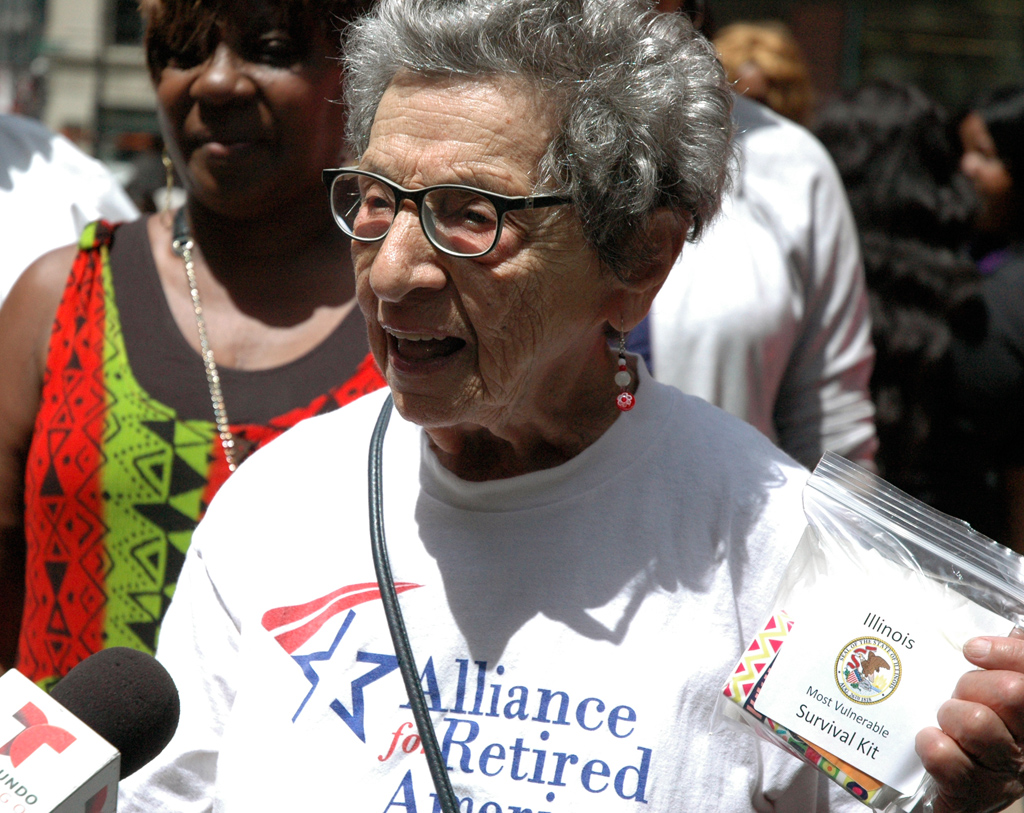Quad City Times: Illinois senior aid program may change
From the Quad City Times:
SPRINGFIELD — Over the objections of Democratic lawmakers and advocacy groups, Gov. Bruce Rauner is moving forward with a plan to limit the number of seniors and disabled people who qualify for state-paid in-home visits.
In a hearing at the Capitol on Tuesday, representatives of the Republican governor said the administration started the process to boost the threshold for the Community Care program. Officials filed paperwork last week, starting a 30-day review period.
Under the proposed changes, the minimum score to qualify for assistance would increase to 37 from 29. That score takes into account several factors to establish how well a person can live on his or her own.
Although it’s unclear how long the entire review process will take, the pending change drew scrutiny from lawmakers and recipients of the services of the program, which provides help with meal preparation, bathing and laundry.
Patricia Brown, a resident of Eagle Ridge Supportive Living in Decatur, said she moved into a mobile home park following her husband’s death.
Unruly neighbors frightened her and she became ill, until she found out she qualified for programs that would bring caregivers to her new home at Eagle Ridge.
“Now I have peace of mind. I feel very safe. I see my close friends daily,” the 88-year-old said. “I’m a success story of this program.”
Carol Aronson, director of the Shawnee Alliance For Seniors, said the change will affect an estimated 19,000 seniors and disabled people.
Currently, the average cost of in-home care for those people is about $396 per month. If they are forced into nursing homes, the cost to taxpayers will be about $2,900 per month.
“It’s a net loss to the state in dollars,” said Aronson, whose organization provides services in 18 southern Illinois counties.
State Rep. Greg Harris, D-Chicago, suggested that if half of the people affected by the change are moved into nursing homes, it could cost the state $150 million.
“Its going to cost us a lot more than it does now,” Harris said. “The solution costs us more and causes us more harm.”

